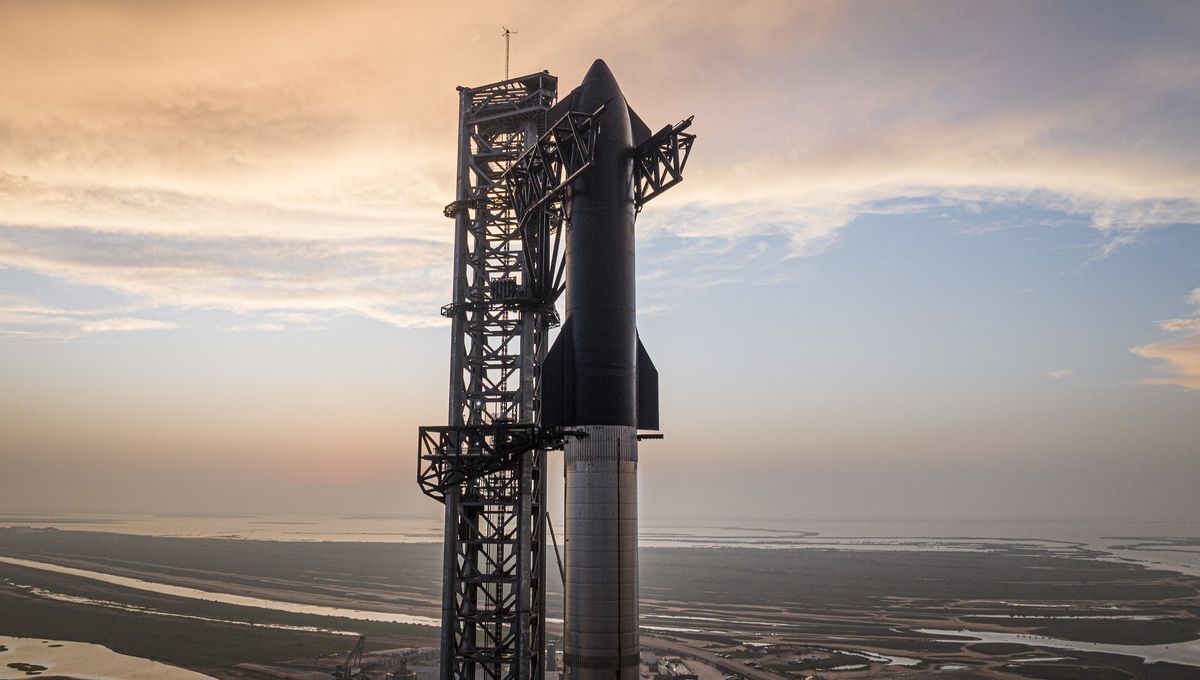The success of the mission is crucial for NASA’s Artemis program; the agency’s current contract with SpaceX is to use Starship to transport astronauts to and from lunar orbit during the Artemis III and Artemis IV missions. There is currently no other way for astronauts to reach the Moon, although earlier this year, NASA also opened the Moon lander contract to Jeff Bezos’ Blue Origin.
SpaceX’s Starship first test in April has been described as a partial success, as its rocket, the tallest and most powerful ever launched, did manage to fly. Unfortunately, issues during the flight led to the team detonating it for safety reasons. The dramatic explosion prompted a necessary investigation into the launch and its aftermath.
It was discovered that the launchpad was completely destroyed, as it lacked a flame trench or diverter, and was also missing a water-deluge system. The impact of the rocket on the launchpad and the resulting damage was captured on video. According to a statement from the USFWS to CNBC, approximately 385 acres (156 hectares) of land were affected by debris from the launch. SpaceX’s CEO Elon Musk admitted that the reinforcement of the pad was not ready on time.
Based on Musk’s statements at the time, some have speculated that Musk’s “childish obsession” with 420, a number associated with smoking cannabis, was the reason the launch was moved up to April 20. Musk also mentioned that the second test would occur by June, but dealing with the consequences of the first test took much longer than initially expected.
Starship is not the only element still uncertain in the human return to the Moon, but it is a vital one. Without success in the upcoming test, Artemis III will face significant delays.








